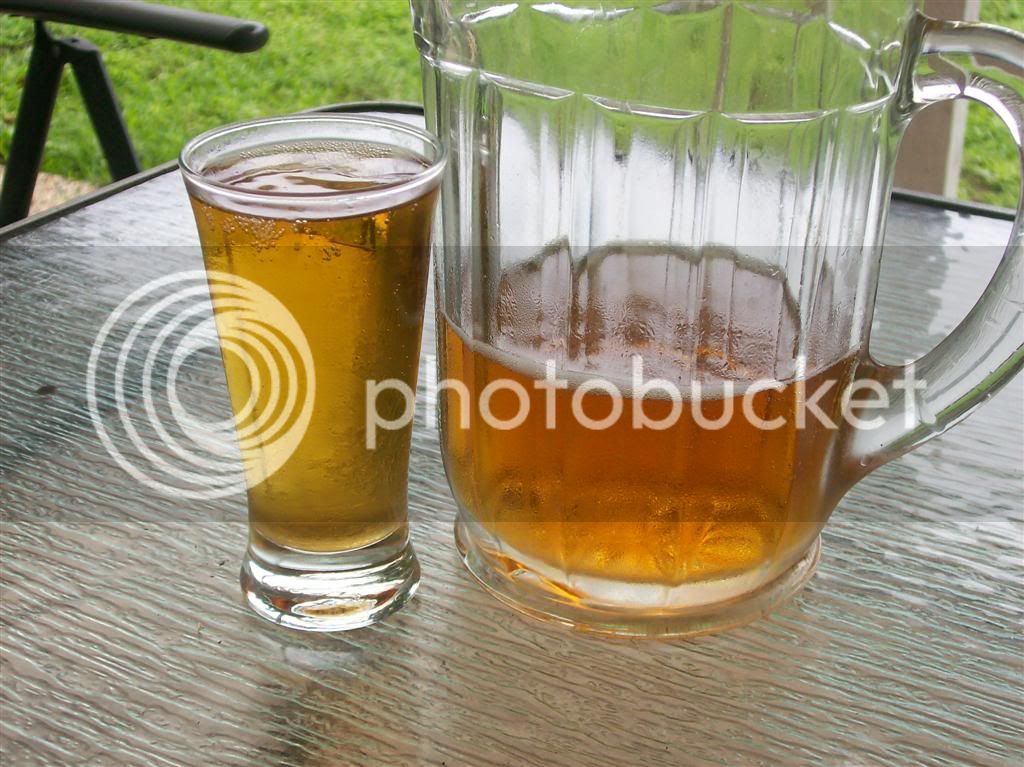jivesucka
Well-Known Member
- Joined
- 29/1/10
- Messages
- 148
- Reaction score
- 2
was at a pub and thought i'd try the monteiths crushed apple cider. it looked like lemonade, there was absolutely no cloudiness or colour to speak of. it was a clear fizzy apple drink.
i got home and had a long hard think about it and it continued to confound me. does one use a 60L fermenter and rack about 9 or 10 times to acheive such clarity?
you can also get a clear cider at hart's pub in essex st in sydney.
i know for certain the brigalow or blackrock cider kits could never produce such a product. so how can it be done?
i got home and had a long hard think about it and it continued to confound me. does one use a 60L fermenter and rack about 9 or 10 times to acheive such clarity?
you can also get a clear cider at hart's pub in essex st in sydney.
i know for certain the brigalow or blackrock cider kits could never produce such a product. so how can it be done?





